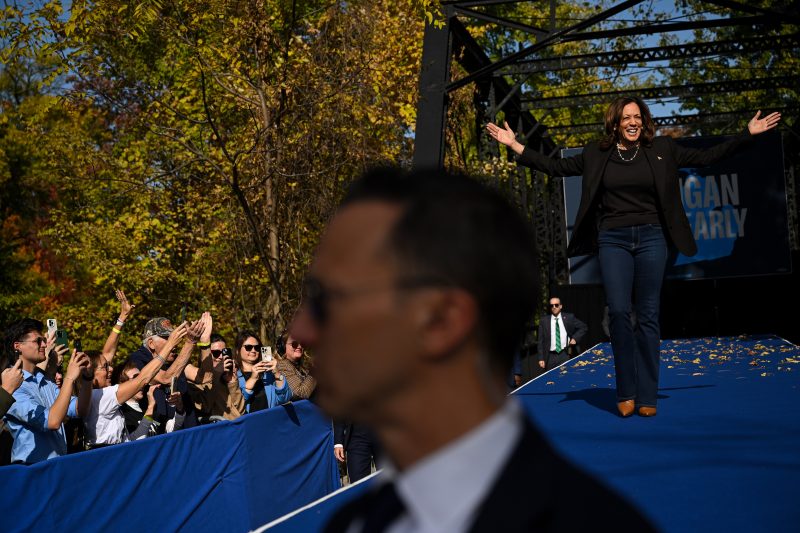In the current landscape of American politics, the financial aspect of campaigning plays a critical role in determining the success of political candidates. In the upcoming election, Democratic vice-presidential candidate Kamala Harris has emerged with a substantial cash advantage over her opponent, President Donald Trump. However, despite this significant financial lead, polls continue to reflect a tight race between the two contenders, indicating that monetary supremacy may not always translate to electoral victory.
Harris’ impressive financial backing may be attributed to a variety of factors, including her own fundraising efforts, the support of the Democratic party, and an enthusiastic base of donors. Her ability to amass a sizable war chest lends her campaign a competitive edge, allowing her to invest in strategic advertising, outreach initiatives, and a robust ground game in key battleground states. Furthermore, the substantial funds at Harris’ disposal provide her campaign with the means to swiftly adapt to changing circumstances, respond to unexpected challenges, and capitalize on emerging opportunities.
On the other hand, President Trump, despite being the incumbent, finds himself in a financially weaker position compared to his opponent. His campaign’s fundraising efforts have faced hurdles, with reports indicating a narrower pool of donors and declining contributions in recent months. This financial disparity has raised concerns among Trump supporters and campaign advisors, who recognize the importance of adequate funding in a fiercely contested election. As the incumbent, Trump’s campaign requires substantial resources to defend his record, promote his achievements, and counter criticisms from opponents effectively.
Nevertheless, the intriguing aspect of the current electoral landscape lies in the resilience of President Trump’s support base, as reflected in the consistently tight poll numbers. Despite Harris’ cash advantage and the resources at her disposal, polls indicate a remarkably close race between the two candidates. This phenomenon underscores the complexity of electoral dynamics and the multifaceted factors that influence voters’ preferences beyond financial considerations. In a polarized political climate, voters’ decisions are shaped by a myriad of factors, including ideology, party loyalty, personal values, and perceptions of candidate credibility.
The tight polls in the face of Harris’ financial advantage suggest that the outcome of the election will likely be determined by a combination of factors, including voter turnout, messaging effectiveness, candidate performance in debates, and unexpected events that may influence public opinion. The fluid nature of electoral dynamics underscores the need for candidates to remain vigilant, adaptable, and responsive to the evolving needs and sentiments of the electorate.
As the election date approaches, both candidates will undoubtedly intensify their efforts to secure victory, leveraging their respective strengths and resources to sway undecided voters and energize their support bases. While Harris may enjoy a financial edge, President Trump’s formidable base of loyal supporters and his experience as an incumbent present formidable challenges for the Democratic ticket. Ultimately, the outcome of the election will hinge on a myriad of factors, illuminating the intricate interplay between campaign finances, public opinion, and broader political dynamics in shaping the future of American democracy.
